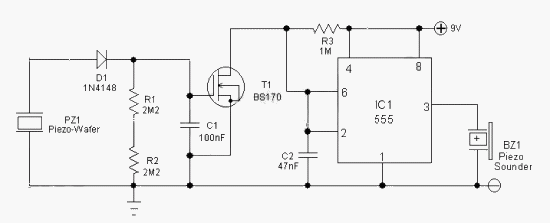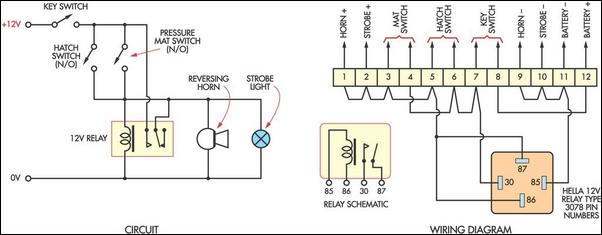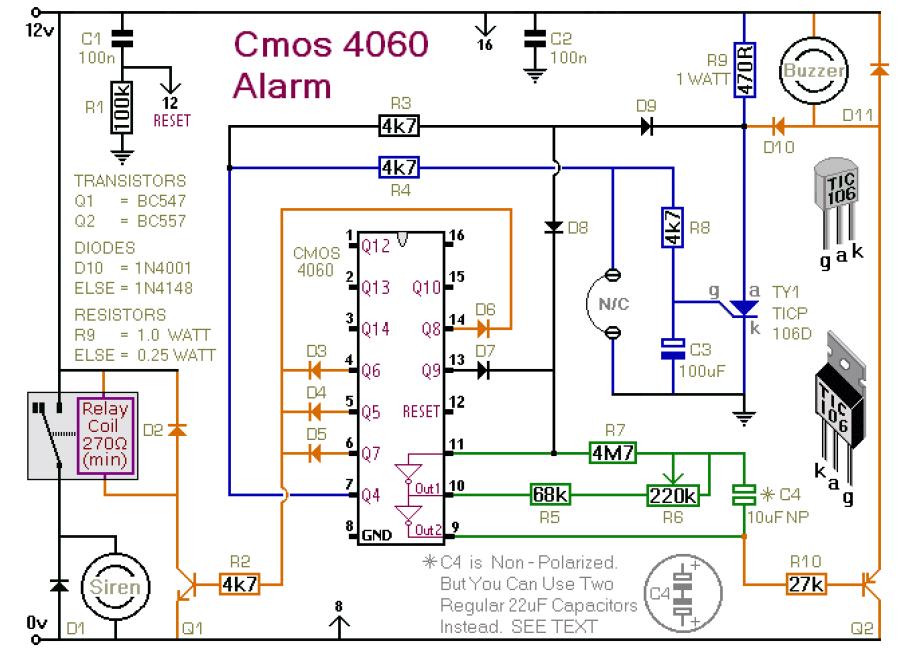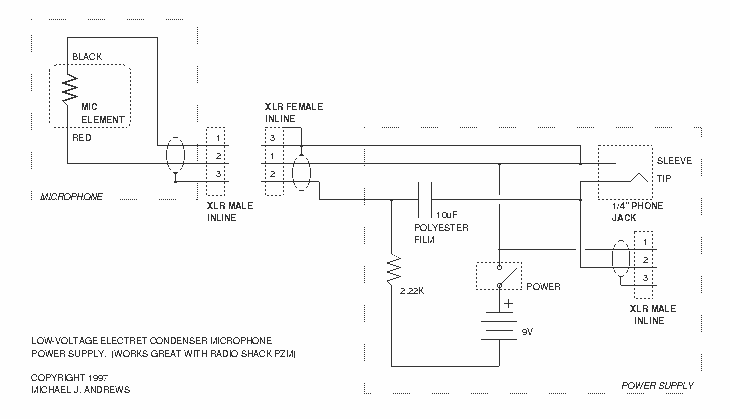
Pressure Sensor Alarm

The general-purpose circuit of the simple pressure sensor alarm is constructed using a few easily accessible and inexpensive components. The operation of this circuit is straightforward.
The simple pressure sensor alarm circuit typically includes a pressure sensor, an operational amplifier (op-amp), a resistor, a transistor, a buzzer or alarm, and a power supply. The pressure sensor detects changes in pressure and converts this physical change into an electrical signal. This signal is then amplified by the op-amp to ensure it is strong enough to trigger the subsequent components in the circuit.
The resistor is used to set the gain of the op-amp, allowing for precise control over the sensitivity of the pressure detection. The output from the op-amp is connected to the base of the transistor, which acts as a switch. When the amplified signal exceeds a certain threshold, the transistor is activated, allowing current to flow through the buzzer or alarm, thereby alerting users to the change in pressure.
The power supply for this circuit can typically range from 5V to 12V, depending on the specifications of the components used. It is essential to ensure that all components are rated for the voltage and current levels present in the circuit to avoid damage and ensure reliable operation.
The design of this circuit can be easily modified to suit specific applications by adjusting the sensitivity and the type of alarm used. For instance, a different type of sensor could be incorporated for varying pressure ranges, or the buzzer could be replaced with an LED for visual indication. Overall, this simple pressure sensor alarm circuit is an effective solution for monitoring pressure changes in various applications, such as in hydraulic systems, pneumatic systems, or even in safety applications where pressure levels are critical.General purpose circuit of the simple pressure sensor alarm is built around a couple of readily available cheap components. Working of this circuit is str.. 🔗 External reference
The simple pressure sensor alarm circuit typically includes a pressure sensor, an operational amplifier (op-amp), a resistor, a transistor, a buzzer or alarm, and a power supply. The pressure sensor detects changes in pressure and converts this physical change into an electrical signal. This signal is then amplified by the op-amp to ensure it is strong enough to trigger the subsequent components in the circuit.
The resistor is used to set the gain of the op-amp, allowing for precise control over the sensitivity of the pressure detection. The output from the op-amp is connected to the base of the transistor, which acts as a switch. When the amplified signal exceeds a certain threshold, the transistor is activated, allowing current to flow through the buzzer or alarm, thereby alerting users to the change in pressure.
The power supply for this circuit can typically range from 5V to 12V, depending on the specifications of the components used. It is essential to ensure that all components are rated for the voltage and current levels present in the circuit to avoid damage and ensure reliable operation.
The design of this circuit can be easily modified to suit specific applications by adjusting the sensitivity and the type of alarm used. For instance, a different type of sensor could be incorporated for varying pressure ranges, or the buzzer could be replaced with an LED for visual indication. Overall, this simple pressure sensor alarm circuit is an effective solution for monitoring pressure changes in various applications, such as in hydraulic systems, pneumatic systems, or even in safety applications where pressure levels are critical.General purpose circuit of the simple pressure sensor alarm is built around a couple of readily available cheap components. Working of this circuit is str.. 🔗 External reference
Warning: include(partials/cookie-banner.php): Failed to open stream: Permission denied in /var/www/html/nextgr/view-circuit.php on line 713
Warning: include(): Failed opening 'partials/cookie-banner.php' for inclusion (include_path='.:/usr/share/php') in /var/www/html/nextgr/view-circuit.php on line 713





